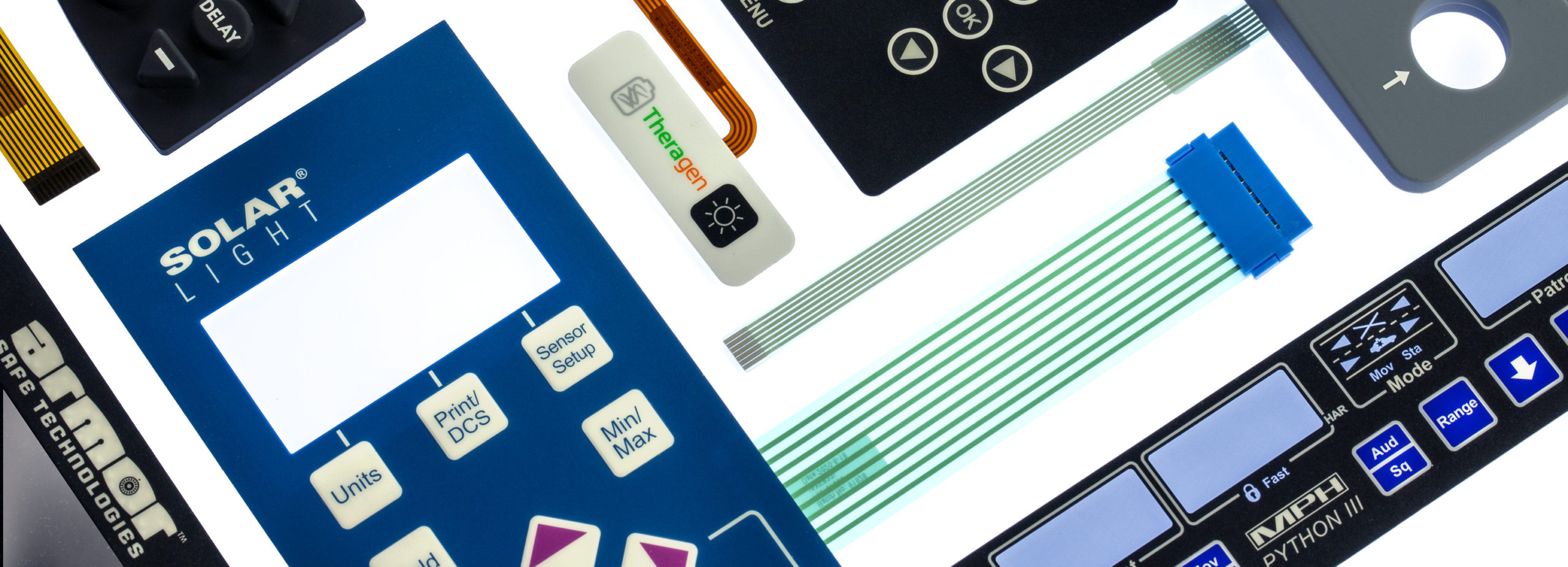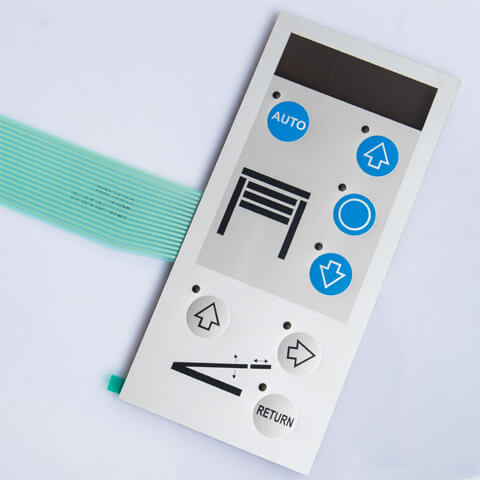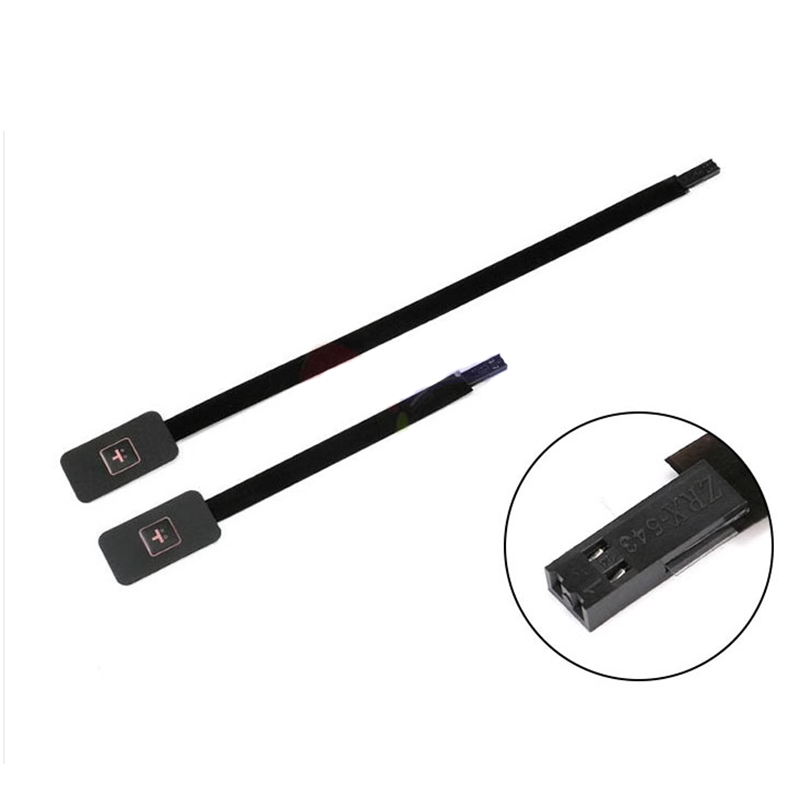Why Membrane Switches Are Necessary for Sturdy Control Solution
Membrane layer switches play a crucial role in ensuring the longevity and dependability of control systems throughout various markets. Their one-of-a-kind building permits them to endure challenging environmental factors such as moisture, temperature level extremes, and physical wear. This strength not just prolongs the life-span of the systems they offer however additionally minimizes maintenance demands. As we discover the multifaceted advantages of membrane switches, it comes to be noticeable that their importance transcends plain capability, affecting user experience and operational effectiveness. What further effects do these qualities hold for the future of control system design?
Summary of Membrane Layer Buttons
Membrane layer switches are functional and dependable elements generally used in different electronic control systems. The graphic overlay provides both practical and visual design, while the spacer layer makes sure that the switches are turned on only when pressed.
Membrane layer switches are frequently preferred in applications requiring a small and light-weight layout, making them perfect for handheld devices, clinical tools, and commercial machinery. They can be personalized to fulfill specific individual needs and can include various functions such as backlighting, tactile responses, and several shades. Moreover, membrane buttons are immune to dirt, wetness, and impurities, making them ideal for settings where longevity is essential.
Advantages of Resilience
In lots of applications, the longevity of membrane changes deals substantial advantages that improve their general performance and reliability. These buttons are made to endure harsh atmospheres, making them excellent for use sought after conditions such as high moisture, severe temperature levels, and exposure to chemicals. Their robust building aids to avoid damages from physical effect, making certain durable capability and lessening the requirement for regular replacements.
In addition, membrane layer buttons are resistant to damage, which is critical in applications where constant communication occurs. This resilience translates to decrease upkeep costs, as companies take advantage of reduced downtime and fewer solution interruptions. In addition, the encapsulated layout of membrane layer switches protects inner elements from dust and wetness ingress, more adding to their life expectancy.
Another benefit is their ability to maintain regular efficiency with time. With a high tolerance for mechanical tension, these switches preserve their responsive feedback and electric stability, guaranteeing customer fulfillment. Inevitably, the durability of membrane switches over not just enhances functional effectiveness but additionally fosters self-confidence in their reliability, making them a favored choice for control systems across numerous sectors.
Applications in Different Industries
Durable control systems utilizing membrane layer buttons discover comprehensive applications throughout a series of industries, each taking advantage of the one-of-a-kind characteristics these buttons offer. In the medical industry, membrane layer buttons are crucial for gadgets visit here such as individual displays and diagnostic devices, where reliability and ease of cleaning are vital. Their resistance to dampness and contaminants ensures they preserve performance in clean and sterile settings.
The auto industry leverages membrane switches for control panel controls and infotainment systems, where they offer smooth, inconspicuous user interfaces that boost user experience. These switches are also developed to stand up to rough conditions, consisting of direct exposure to severe temperature levels and resonances.
In commercial setups, membrane layer buttons are generally made use of in equipment control board, offering responsive comments and longevity essential for high-usage applications. Their ability to resist chemicals makes them suitable for manufacturing settings where spills and impurities are constant.

Consumer electronics, such as kitchen devices and remotes, likewise use membrane buttons for their versatility and cost-effectiveness. Generally, the versatility and robust nature of membrane switches over make them crucial throughout different sectors, making sure effective operation and longevity in control systems.
Design and Visual Allure
While functionality is extremely important, the layout and aesthetic appeal of control systems visit this site equipped with membrane layer buttons play a vital duty in customer interaction and general experience (membrane switch). The aesthetic design of these buttons can substantially influence customer understanding and interaction. A properly designed membrane switch improves the attractiveness of the device, making it extra attractive to customers and promoting a link between the customer and the product
Membrane layer changes supply a lot of versatility in design, permitting producers to tailor graphics, colors, and appearances to align with brand their explanation name identification and product appearances. Using vivid colors and distinctive patterns can attract attention, while responsive feedback can reinforce the customer's interaction with the gadget. Furthermore, the capability to incorporate LED indications and backlighting into the membrane button layout supplies both functional and aesthetic advantages, enhancing exposure and use in various settings.

Enhancing Individual Experience

Furthermore, membrane switches can be personalized to integrate graphical interfaces, improving use by offering details in a clear and intuitive manner (membrane switch). This personalization can consist of symbols, tags, and shade coding that overview customers via facility capabilities effortlessly. In addition, their versatility permits assimilation in numerous settings, making certain regular performance whether in commercial equipment or customer electronics
The longevity of membrane switches also plays a critical role in customer experience. By holding up against extreme conditions and extended use, these buttons minimize the likelihood of system failings, therefore promoting reliability and customer confidence. Ultimately, the strategic use membrane switches not just raises functionality yet also significantly improves individual interaction with control systems, making them a vital component in modern-day style.
Conclusion
